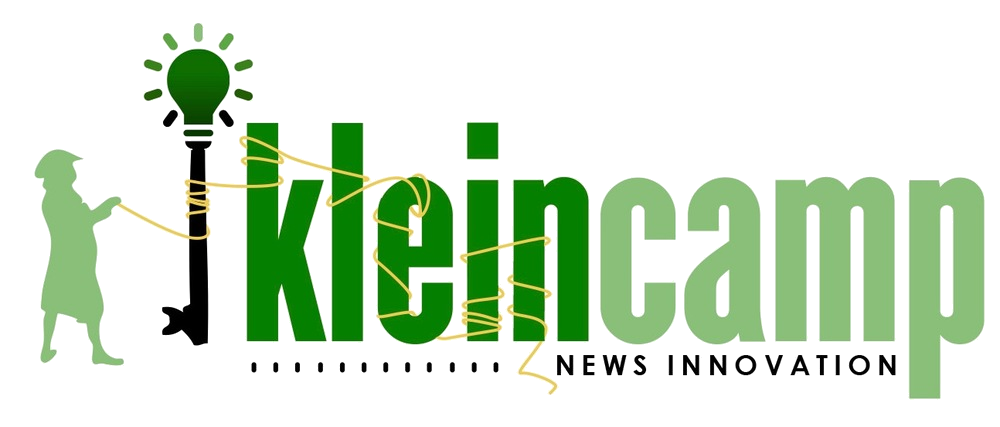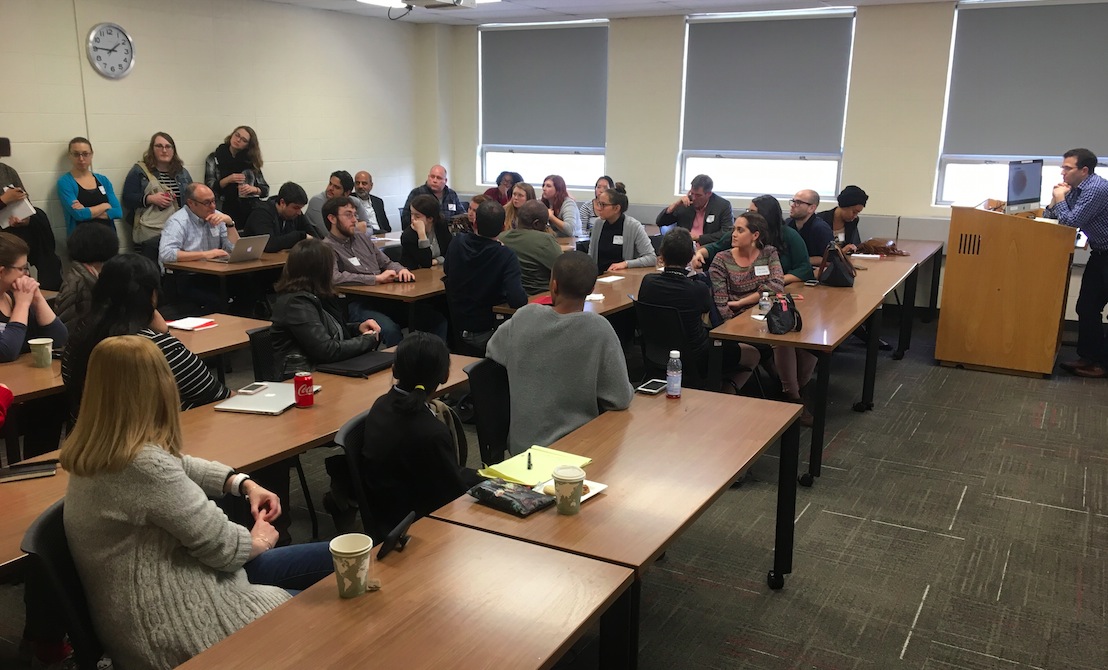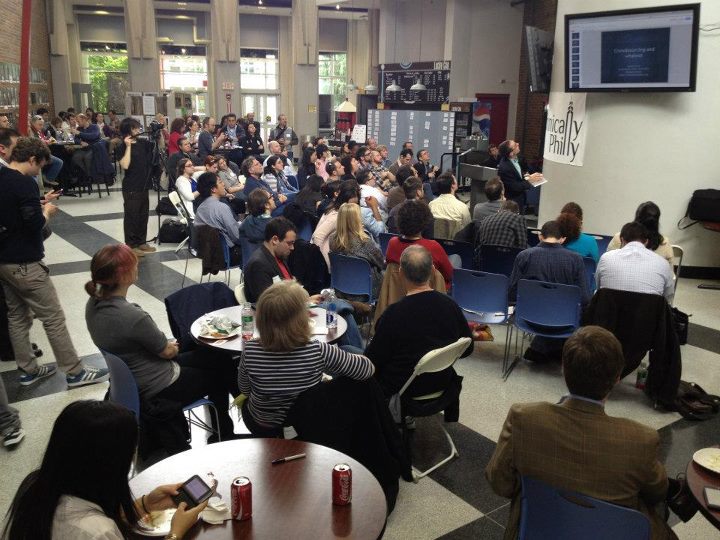What is Klein News Innovation Camp?
Klein News Innovation Camp — which you may have once known as Barcamp News Innovation organized by the team behind Technical.ly and hosted at Temple University in Philadelphia — is an annual, one-day national unconference on online content, journalism innovation and the future of news as explored by practitioners and friends.
The event uses the “unconference” open-grid format where the attendees will set the schedule. In the main lobby of Temple University’s Annenberg Hall at 13th and Diamond streets, there will be a large schedule board full of blank index cards. The day’s schedule will be filled by attendees who invent their own sessions the day of the event. Simultaneously, hackers, coders and designers will be working to use data to create tools for journalists and citizens to make government services more efficient and transparent.
Some of the most interesting minds around will discuss new ideas on how to re-energize and innovate the news industry. This is NOT a journalists-only event! Invite any friends from various industries who are concerned about the future of news, information and dissemination. Even your friend who complains about the biased media.
The event is $20 (free for Temple students) and will be hosted at Annenberg Hall on the Main Campus of Temple University in Philadelphia, Pa. Doors will open at 9 a.m. and the presentations will start at 10 a.m. After an hour break for lunch at 12 p.m., the day concludes with a friendly happy hour.
Who is behind this?
KleinCamp is organized by the team behind news org Technical.ly. We first organized the event in April 2009. Our friends and longtime partners at Temple’s Klein College of Media and Communications have been with us from the beginning.
That said, this is all about collaboration so let us know how you want to get involved.
Do I have to present?
Nope, but you do have to participate. Get involved in discussions and shake hands with your fellow journalism junkies. Though, the easiest way to meet new people is to present.
What should I present on?
The only criteria is that your presentation involves journalism, news or otherwise informing communities. Show off something cool you are working on, propose a new idea or theory or simply have a roundtable about a topic that is on your mind. See a list of topics from 2009 and 2010, and 2011 and 2012 and 2013 and 2014 and 2015 and 2016 and 2017 for inspiration.
The best presentations give those in attendance, actionable take aways and ideas to use (and allows those in the audience engage, discuss or participate). They often foster meaningful exchange. Editorial innovation is important, but so is the sustainability of news and information.
If you are going to present, be sure to bring a flash drive of your presentation, and back it up on Google Docs to be safe. Then assume there will be a nuclear apocalypse and know how to wow us even if we’re stuck in a bunker with no electricity.
What to expect:
Doors will open at 9 a.m. and there will be hour to grab some coffee and meet your new best friends. There will be a blank presentation board and a stack of index cards. Write down your topic and post it in the time slot of your choice. Be sure to get there early to get the time slot you want.
At 10 a.m. presentations will begin in Annenberg Hall. Each classroom has a projector and computer, some have more than a dozen machines. The presentations will continue until 12 p.m. when we will break for lunch. In 2011, we started the tradition of holding a lunchtime keynote. To get a feel for the schedule, check out the details of the 2016 event.
Who is coming?
In past years, the unconference has brought attendees from all corners of the country and in numerous professions.
Representatives from the New York Times, the USA Today, the Associated Press, Philadelphia Inquirer, Wall Street Journal and Washington Post rubbed elbows with folks from Vox Media, Salon, ReadWriteWeb, Mashable, Publish 2, BeatBlogging.org and other startups and other industry representatives from places like Hearst, McClatchy Mozilla, the Knight Foundation, Comcast and others. There were also a healthy mix of programmers, designers, developers and students.


